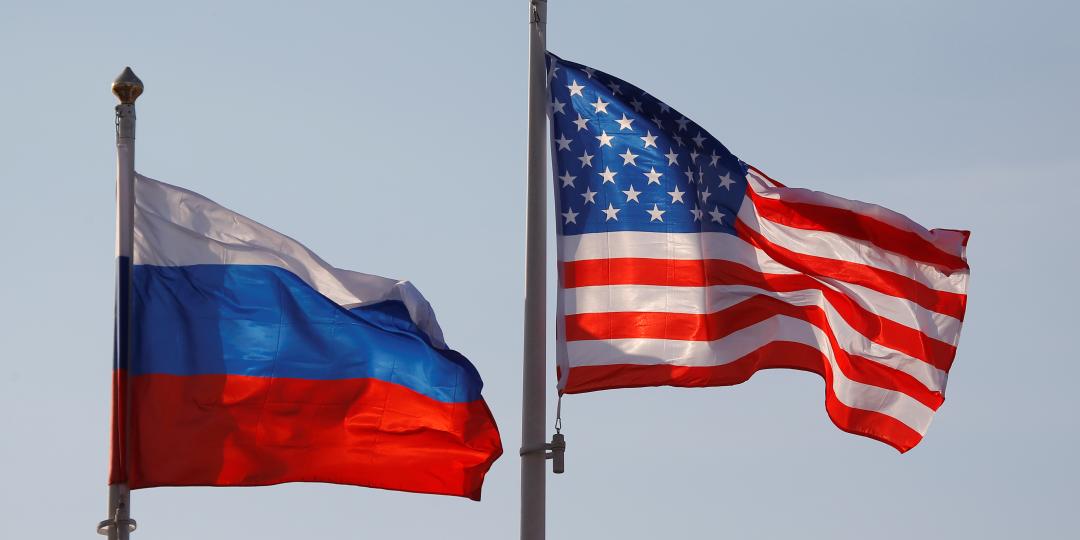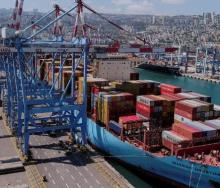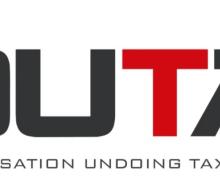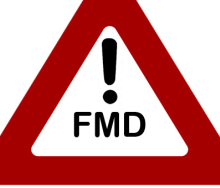The ongoing war in Ukraine has led the US to impose sanctions on specific Russian individuals, companies and exports, but these sanctions may now be extended to Russia’s entire economy.
The United States House of Representatives approved a bill on March 17 to suspend normal trade relations with Russia and Belarus.
According to Supply Chain Dive, the bill still needs to be approved by the Senate, and is expected to be signed into law by President Joe Biden.
The new legislation is an attempt to remove Russia’s “most favoured nation” trading status.
Removing this status from Russia allows the US "the right to set whatever tariffs or other trade restrictions [it] want[s] across an entire economy”, Michael Murphree, assistant professor of international business at the University of South Carolina said.
The US is not holding back with their attempts to impact Russian President Vladimir Putin’s decision-making on the war, with the removal of the status and sanctions set to have an effect on global supply chain in the future when it’s signed into law.
The effects on the supply chain may be delayed for now, but it will lower Russia’s trade standing with the US.
It is expected that allied countries will follow the US’s actions.
Murphee believes the aim is to further Russia and the Russian economy as an “international pariah”.
“As a result of the situation in Ukraine, Russia will not be able to be treated in any sector of the global economy like a normal nation," he said.
Price rises and seeking alternative sources are on the horizon.
"It's not just that the Russian goods themselves will become more expensive because of the imposition of tariffs, but the competition for non-Russian sources will drive up those prices as well," Murphree said.
Julie Gerdeman, CEO of Everstream Analytics, a predictive analytics firm, believes visibility is more important than ever for companies to know how their supply chain will be affected.
"You need to be able to map and monitor risk, and that’s at the supplier, material and the facility location levels."
Costs and disruptions are expected to escalate and the impact on global supply chain is still being assessed.













